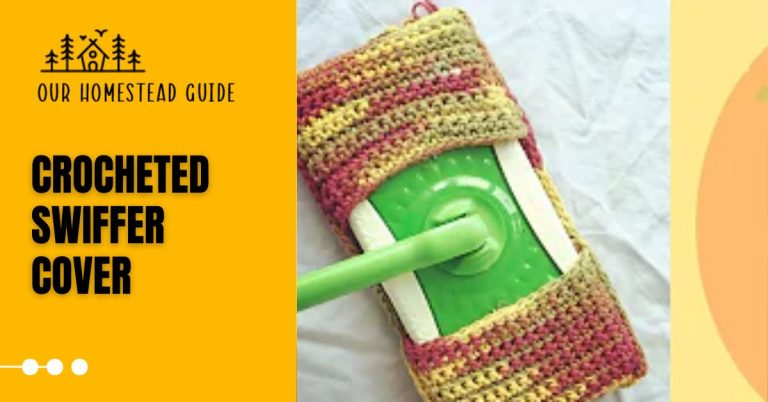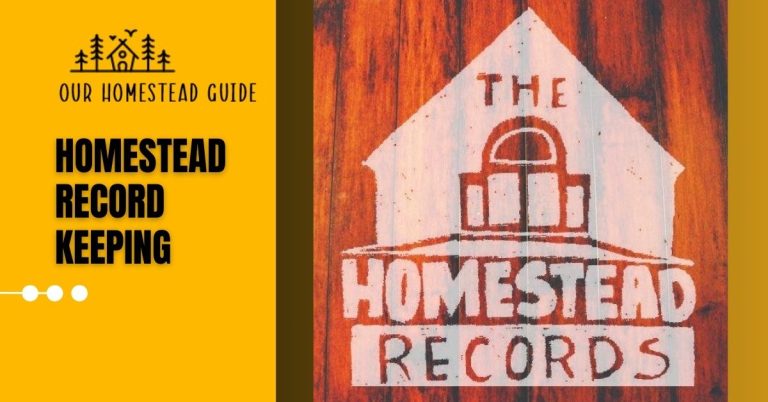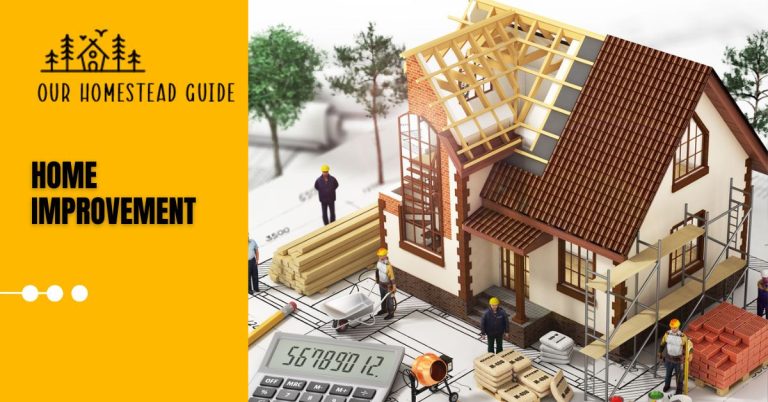How to Build a Rabbit Tractors: Easy Steps
A Rabbit Tractor is a portable enclosure designed to keep rabbits safe and provide outdoor access. This innovative solution allows rabbits to enjoy fresh air, graze on grass, and explore their surroundings while being safe from predators. Rabbit tractors are equipped with wheels for easy maneuverability, enabling you to move around your rabbit’s grazing area.
This setup promotes their well-being by mimicking their natural habitat and providing mental and physical stimulation.
Materials You’ll Need:
- 6 two by twos (6 feet in length)
- 7 two by twos (36 inches in length)
- 4 two by fours (21 inches in length)
- 2 two by twos (21 inches in length)
- Plywood for creating a shelter area (optional)
- Half-inch hardware cloth (standard, 24 inches in height)
- Lathe screws
- Lockable drawer catches
- Cotton rope
- Metal roofing
- Garden wire or fencing
- Water-based paint (optional)
- Willow branches (for coccidiosis prevention, if available)
How to Rabbit Tractors?
Step 1: Prepare the Basic Frame
Begin by constructing the basic structure with 6-foot two by twos for the longer sides and 36-inch two by twos for the shorter sides. This creates the tractor’s rectangular shape.
Step 2: Create the Shelter Area (Optional)
If you wish to build a safe haven for your rabbits, cut a small hole in a piece of plywood and fasten it to one side of the frame.
Step 3: Add Supports and Roof
- Attach the four 21-inch two by fours to the frame’s corners for further support.
- For added robustness, put a central support to the roof.
- To make a cover for your tractor, attach hinges to the roof and the frame.
Step 4: Attach Hardware Cloth
Using lathe screws, attach the half-inch hardware cloth to the frame. Make sure it’s properly stretched to prevent rabbits from escaping.
Step 5: Install Lockable Catches
Install lockable drawer latches to guarantee that the lid closes securely.
Step 6: Add a Handle and Rope
- Attach a rope handle to make it easier to pull the tractor.
- Drill holes in the frame and tie the rope to the tractor so you can pull it around.
Step 7: Roofing
Install the metal roofing on top of the frame and fasten it.
Step 8: Adding Garden Wire or Fencing (Optional)
Attach garden wire or fence around the bottom perimeter of the tractor to avoid digging out and to ensure flat ground.
Step 9: Paint (Optional)
Use water-based paint to waterproof your rabbit tractor if you decide to paint it. Check if the paint is safe for rabbits.
Step 10: Monitoring and Care
- Inspect your rabbits on a regular basis for symptoms of illness.
- Every day, move the tractor to give fresh grazing.
- Consider elevating the tractor or transferring the rabbits to a drier spot during wet seasons to avoid damp and muddy circumstances.
- To help prevent coccidiosis, use willow branches or other natural tannin sources.
Here Are the Benefits of a Rabbit Tractor Listed in Bullet Points:
- Natural Environment: Rabbit tractors provide rabbits with access to fresh air, sunlight, and a natural environment, improving their overall well-being.
- Enrichment: Rabbits in tractors can explore new textures, scents, and sights, stimulating their senses and preventing boredom.
- Controlled Grazing: Tractors allow controlled grazing, ensuring rabbits get a balanced diet from fresh grass and plants without overgrazing.
- Exercise: The space in a rabbit tractor encourages physical activity, preventing obesity and promoting healthy muscle development.
- Predator Protection: Tractors offer a secure enclosure that protects rabbits from predators like foxes, birds of prey, and other potential threats.
- Rotational Grazing: Tractors can be moved to different areas, preventing soil degradation and allowing grass to regrow in previously used spaces.
- Behavioral Stimulation: The varied environment of a rabbit tractor encourages natural behaviors like digging, foraging, and exploring, which can reduce stress.
- Vitamin D Synthesis: Exposure to sunlight in tractors helps rabbits synthesize Vitamin D, which is essential for bone health.
Time needed to make a rabbit tractor
The time needed to make a rabbit tractor can vary depending on factors such as your DIY skills, the design complexity, and the materials you’re using. Generally, creating a basic rabbit tractor can take anywhere from a few hours to a full day of work. Here’s a rough breakdown:
- Planning and Design: Spend some time planning the size, shape, and features of the rabbit tractor. This might take a few hours or more, depending on how detailed your design is.
- Gathering Materials: Depending on your design and the materials you have on hand, gathering all the necessary materials can take a couple of hours or more.
- Construction: Assembling the rabbit tractor involves cutting, drilling, attaching hardware, and building the frame. The construction process can take several hours to a full day, depending on your familiarity with tools and the complexity of the design.
- Finishing Touches: Painting, adding doors, attaching wheels, and other finishing touches might take an additional few hours.
- Drying/Curing Time: If you’re using paint or sealants, you’ll need to account for drying or curing time, which can add a day or more.
- Testing and Adjustment: After the tractor is assembled, you’ll want to test its functionality and make any necessary adjustments. This might take an hour or so.
- Total Time: In total, creating a rabbit tractor could take anywhere from around 6 to 20 hours spread over a few days, depending on your skill level and the complexity of the project.
Keep in mind that this is a general estimate, and your actual time might vary. It’s a good idea to set aside more time than you think you’ll need to ensure a thorough and well-constructed rabbit tractor.
To Make a Rabbit Tractor, You Need the Following Items:
To make a rabbit tractor, you need the following items:
1-Wood or Frame Material:
You can use wood or other materials like PVC pipes, wire mesh, or panels to create the frame of the tractor.
2-Door and Window Materials:
Materials for adding doors, windows, or openings to the tractor, such as hinges, latches, nets, or screens.
3-Roof or Covering Material:
Material for providing a roof or covering, such as tarpaulin, sheeting, or any suitable cover.
4-Wheels or Tires:
Wheels or tires to facilitate easy movement and mobility of the tractor.
5-Hardware:
Bolts, nuts, pipe connectors, door handles, and other hardware for assembling the components securely.
6-Accessories:
Additional accessories you might want to add, such as a feeding tray, grass rack, or educational materials about rabbit care.
7-Tools:
Depending on the design and materials used, you’ll need tools like saws, drills, hammers, pliers, and other relevant tools.
Remember that your choice of items and the complexity of the design will determine the specific materials you need. Also, having the right tools and experience can greatly facilitate the construction process.
Exploring Rabbit Tractors: Grazing Solutions and Mobility for Healthy Rabbits
It seems like you’re interested in rabbit tractors and related information. A rabbit tractor is a mobile enclosure designed for rabbits, similar to a chicken tractor for chickens. It allows rabbits to graze on fresh grass and forage while keeping them safe from predators. Here’s some information about your queries:
1-Rabbit Tractor for Sale:
You might find rabbit tractors for sale through local farm supply stores, online marketplaces, or even custom-built options from local craftsmen. Be sure to specify your requirements to get a suitable one.
2-Rabbit Tractor Plans:
If you’re interested in building your own rabbit tractor, there are various plans available online that provide step-by-step instructions and materials lists. These plans often include design options for various sizes and features.
3-Rabbit Tractor with Wheels:
Many rabbit tractors are designed with wheels, making them easy to move to fresh grazing areas. Wheels allow you to rotate your rabbits’ grazing spots and prevent overgrazing.
4-Rabbit Tractor Pros and Cons:
Pros: Provides fresh grazing and foraging opportunities, reduces feed costs, allows better waste distribution for natural fertilization, promotes rabbit health through exercise, and minimizes confinement stress.
Cons: Requires frequent moving to prevent overgrazing, may not be suitable for all climates, and might be less effective in protecting rabbits from burrowing predators.
Most Frequently Asked Questions!
1-What is a rabbit tractor?
A rabbit tractor is a moveable enclosure or cage that allows rabbits to graze and forage while protecting them from predators. It usually has an open bottom so the rabbits can get to the ground, and it can be moved around your yard or garden.
2-How does a rabbit tractor work?
Rabbit tractors have various advantages, including fresh food for your rabbits, improved general well-being, and insect control in your garden. They also eliminate the need for a permanent rabbit hutch and allow for more natural grazing.
3-How do rabbit tractors differ from traditional hutches or cages?
Rabbit tractors are movable and often lack a solid bottom, enabling rabbits access to the ground. This allows them to graze on fresh grass and forage, which is more like to their natural habitat than being confined in a hutch or cage.
4-What size should a rabbit tractor be?
The size of your rabbit tractor will be determined by the quantity of rabbits you intend to keep and the available area. It should allow the rabbits to wander around freely and get new fodder. Each rabbit should have at least 4-5 square feet of room as a general rule.
5-Can you move a rabbit tractor easily?
Yes, rabbit tractors are made to be readily relocated. For this purpose, they frequently feature wheels or handles. You may rotate your rabbits to different places by moving the tractor, ensuring they have access to new food and preventing overgrazing.
6-How do I protect my rabbits from predators in a rabbit tractor?
Rabbit tractors should have a solid top or cover to keep aerial predators like hawks and owls away from your rabbits. Furthermore, the tractor’s open bottom should be placed on the ground to avoid burrowing predators.
7-What types of rabbits are suitable for rabbit tractors?
Rabbit tractors are suitable for most rabbit breeds. Smaller breeds or young rabbits, on the other hand, may be more suited because they require less room. Always ensure that your bunnies are comfortable and have enough room to walk about.
8-Do I need to provide additional shelter in bad weather?
Yes, having a tiny shelter or hutch within the rabbit tractor to give protection from adverse weather conditions is a fantastic idea. This provides a safe haven for your rabbits when it’s too hot, cold, or wet outside.
9-How do I maintain and clean a rabbit tractor?
Clean the tractor on a regular basis by eliminating waste and ensuring that the area where your rabbits graze is not overgrazed. The frequency of cleaning will be determined by the number of rabbits and the size of the tractor.
10-Can I use a rabbit tractor for other animals?
While rabbit tractors are primarily intended for rabbits, they may be modified to accommodate other small animals such as chickens or guinea pigs. Consider the requirements and behaviors of the animals you intend to keep in the tractor.
you may also like this article.



